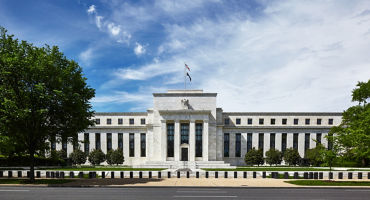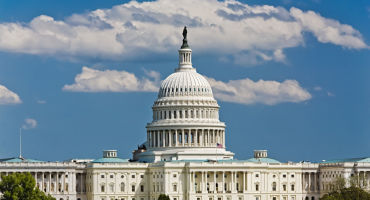All eyes on inflation lately. US headline inflation, as measured by the Consumer Price Index (CPI), hit an eye-popping 9.1% year over year for June 2022, its highest level since 1981. The following month, it fell to 8.5% year over year, aided by some near-term energy price relief and improved supply-chain conditions, and may well have peaked for 2022 — a welcome respite for consumers and businesses feeling the pinch of today’s elevated prices. The US Federal Reserve’s (Fed’s) commitment to raising interest rates has pushed inflation expectations down as well (Figure 1), leading to a pause in the recent outperformance of inflation-sensitive assets.
However, we are not out of the woods by any means. Core US inflation (ex-food and energy prices) remains uncomfortably high at around 6%, with a broad number of contributors across the underlying subcategories. Better-than-expected jobs growth and historically low unemployment have also driven labor costs up sharply. More to the point, we think the structural inflation story 2022 began with is far from over. With that in mind, we believe now may be an opportune time for investors to add real-asset and inflation-sensitive exposures to their portfolios.























